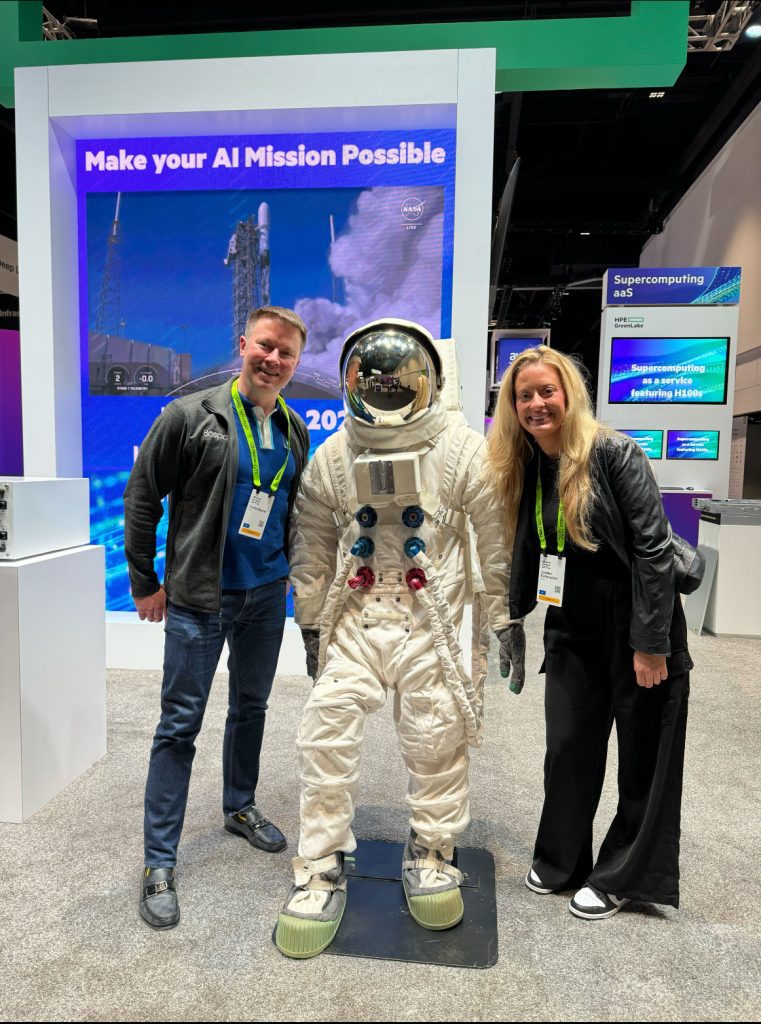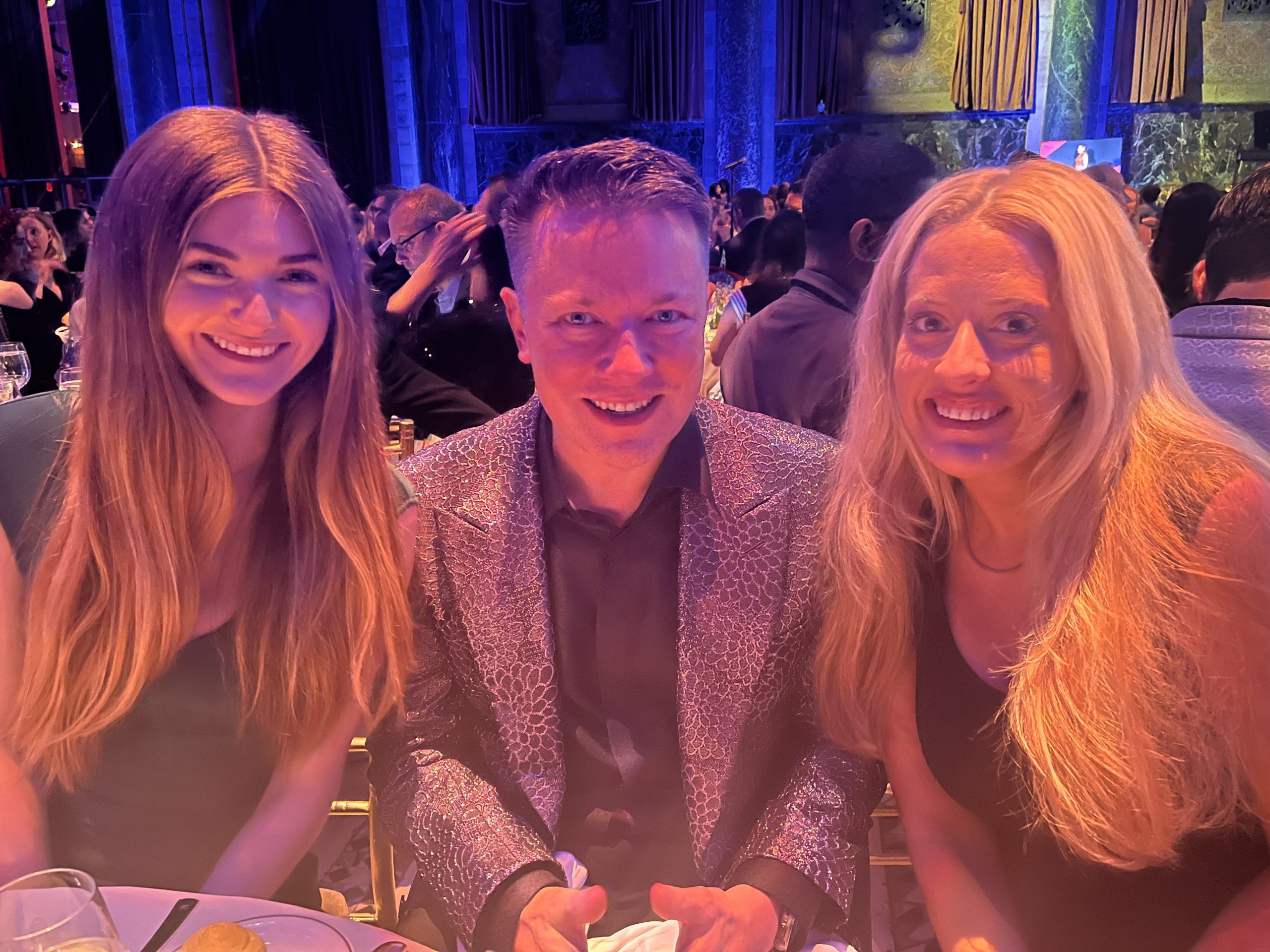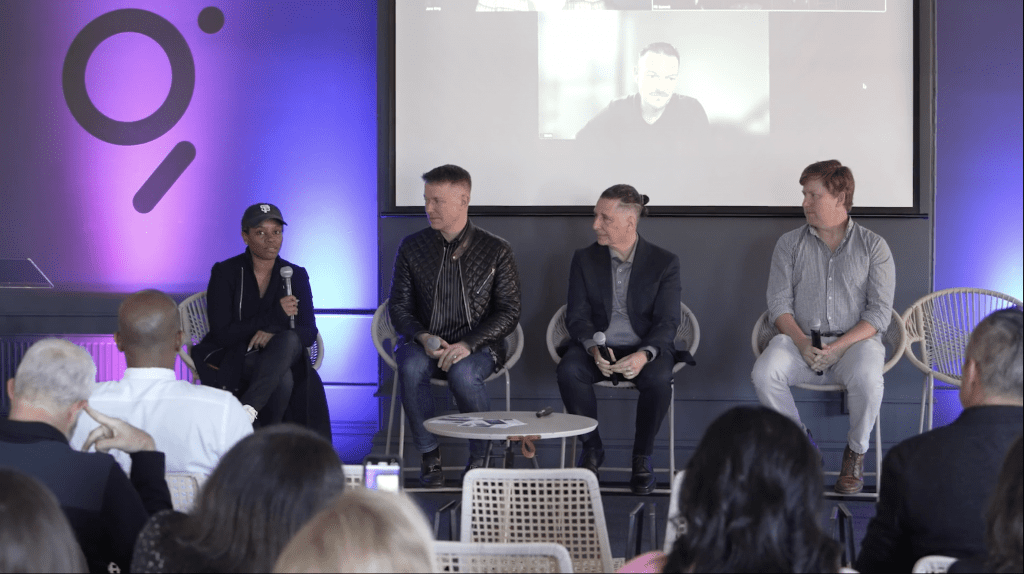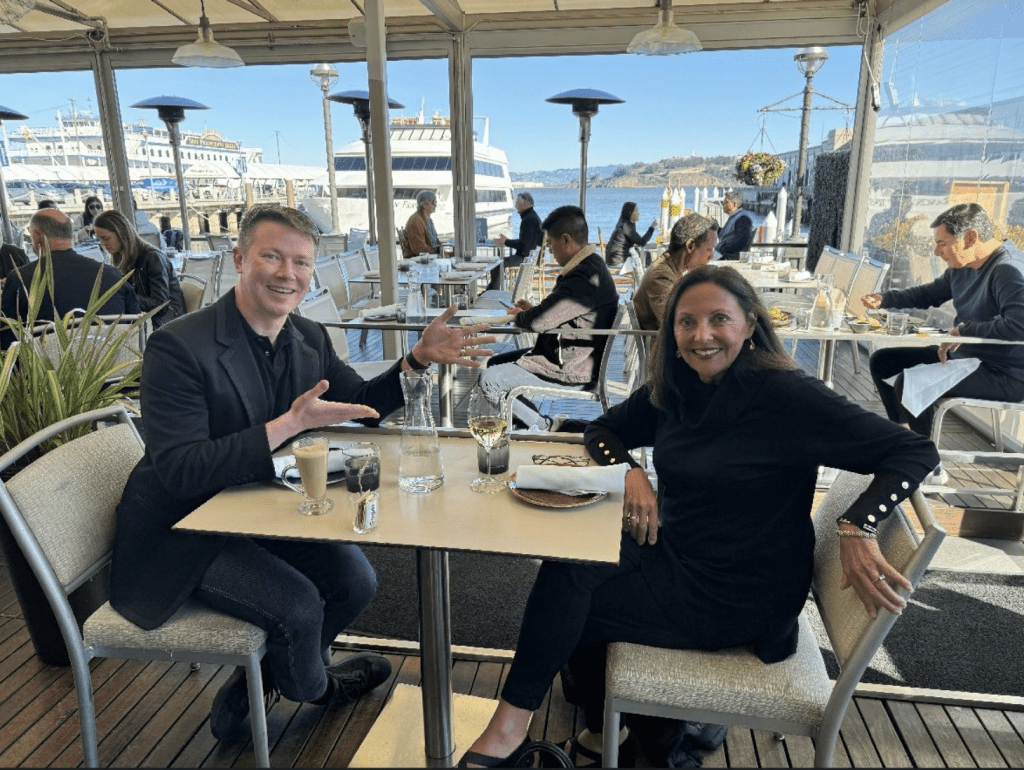Infamously coined by artist Charli XCX in her latest pop album, Brat Summer has everyone talking. Since the studio album’s release on June 7, the “brat” aesthetic (including its signature Arial font) is seemingly everywhere, from slime green merch to marketing campaigns.
The trend has quickly captured a TikTok share of voice, with 41.2K posts under the hashtag #bratsummer.
While the word “brat” usually evokes middle school angst, brat summer is about accepting your imperfections while embracing the chaos.
In an Instagram post on June 8, Charli XCX described the “brat” album as “me, my flaws, my ego all rolled into one.”
To most consumers, the token tone of green that’s quickly become associated with the “Brat” album has replaced the hot pink of last summer that many brands leaned into for the release of the Barbie movie.
Brat also has a meaning beyond just Gen Z. Even Vice President Kamala Harris is embracing it.
Harris, vice president and 2024 president candidate for the Democratic party, used the latest trend to capture voter attention in her recent social marketing campaign. Led by a team of five Gen Z employees, the social campaign used the timeliness of the trend on TikTok and other social media platforms to encourage young voters to show up at the polls in November.
Charli endorsed Harris as well, tweeting, “kamala IS brat.”
Kamala HQ has embraced the brat aesthetic, rebranding the Biden-Harris HQ to Kamala HQ with a brat-themed header on X.
In 48 hours, the “Brat” rebrand had earned Harris a total of $15.9 million in media impact value — a proprietary metric developed by Launchmetrics that “assigns a true monetary value to marketing strategies across print, online and social media to calculate ROI.”
Brands like Area, among other retailers, have also quickly embraced the Brat Summer trend. Shopping guides are now featuring products that align with the trend’s aesthetic.
So, let’s dig into the meaning of all this from a PR perspective. In an age where AI is competing with consumer attention, brand authenticity is more pivotal than ever.
It is crucial to generate marketing revenue and win customer loyalty in a crowded landscape.
The latest update to Instagram is no different. The social media giant is now tagging content it deems to be drafted or edited using an AI tool. In May 2024, the social media giant began labeling posts it detected as AI-generated with a “made with AI” tag. The update aligns with a recent Q2 2024 Sprout Pulse Survey that found 94% of consumers believe that all AI content should be disclosed.
In a recent Fast Company article, journalist Lilly Smith notes, “In the wake of so much broad cultural uncertainty (think tech, politics), consumers are craving a sense of optimism and escape, and that will continue to shape visual design and the way brands speak to consumers.”

Many brands are now turning to user-generated content (UGC) to stand out in a sludge of AI-generated content. Using UGC to build out social campaigns helps tap into parasocial relationships with consumers and cater to a new demographic that is no longer buying what corporate social platforms are selling.
Marc Jacobs and Loewe’s TikTok feeds provide recent examples of how even luxury brands are beginning to realize that real-life visuals of the everyday consumer are generating more clicks and likely, more significant revenue than the supermodels plastered across billboards in years past.
In the months and years to come, it will become even more crucial for brands and organizations to lean into PR and social media campaigns that illustrate their understanding of the evolving buyer persona. One way we see this play out is in how C-Suite executives are becoming covered in profiles and interviews in the media.
While the 5 a.m. morning routine was highly popularized in years past to get ahead, the CEO of today that resonates with stakeholders, reporters and their consumers falls more under the vein of being perfectly imperfect. In 2023, Ray Smith at The Wall Street Journal took it into his own hands by testing various CEO morning routines.
Jamie Dimon, one of the most powerful men on the planet, has said he spends two hours predawn reading “tons of stuff” – and skipping breakfast. Smith notes, “This was just the beginning of my struggle with this schedule.”
Similarly, Mykenna Maniece at Business Insider tested Apple CEO Tim Cook’s morning routine – finding that the 5 a.m. routine left her “exhausted and with a budding caffeine addiction.”
While AI-powered tools like ChatGPT hold all the promise to make us better, happier and more productive in focusing on more value-orientated tasks, organizations must realize what ChatGPT isn’t capable of. Despite 23% of American adults noting they are leaning into ChatGPT, consumers are more dubious of an AI takeover.
A new report published in the Journal of Hospitality Market and Management finds that consumers are less interested in purchasing an item if labeled with the term AI.
Among all report participants across ages and genders, the impact of AI labels on a consumer’s willingness to buy a product was unanimous, according to Dogan Gursoy, hospitality management professor at Washington State University’s Carson College of Business and one of the study’s authors. “In every single case,” Gursoy told Fortune, “whenever we mentioned ‘AI’ versus ‘high tech,’ consumers’ purchase intention went down.”
Suffice to say, AI-powered is sufficiently not brat – at least when it comes to the current climate, where many fear AI as potentially taking over the jobs, and mounting concerns about how their data as customers are being used – leading to Google recently updating its AI-powered search terms in response to consumer blowback.
There’s a lesson to be learned here. While the AI hype cycle continues to grow and evolve, brands and organizations must not lose sight of authenticity if they want to build consumer trust and foster communications that build long-term customer loyalty with messaging, content creation and social media posts that resonate.
In 2024, understanding your customers means capturing the trends, tools and language that matter most to them. While Charli XCX kicked off the trend, the need for authenticity-powered companies will continue to be paramount in mastering brand awareness and perception.
If you’re interested in learning more about how Bospar achieves that among our clients, we’d love to connect with you!




